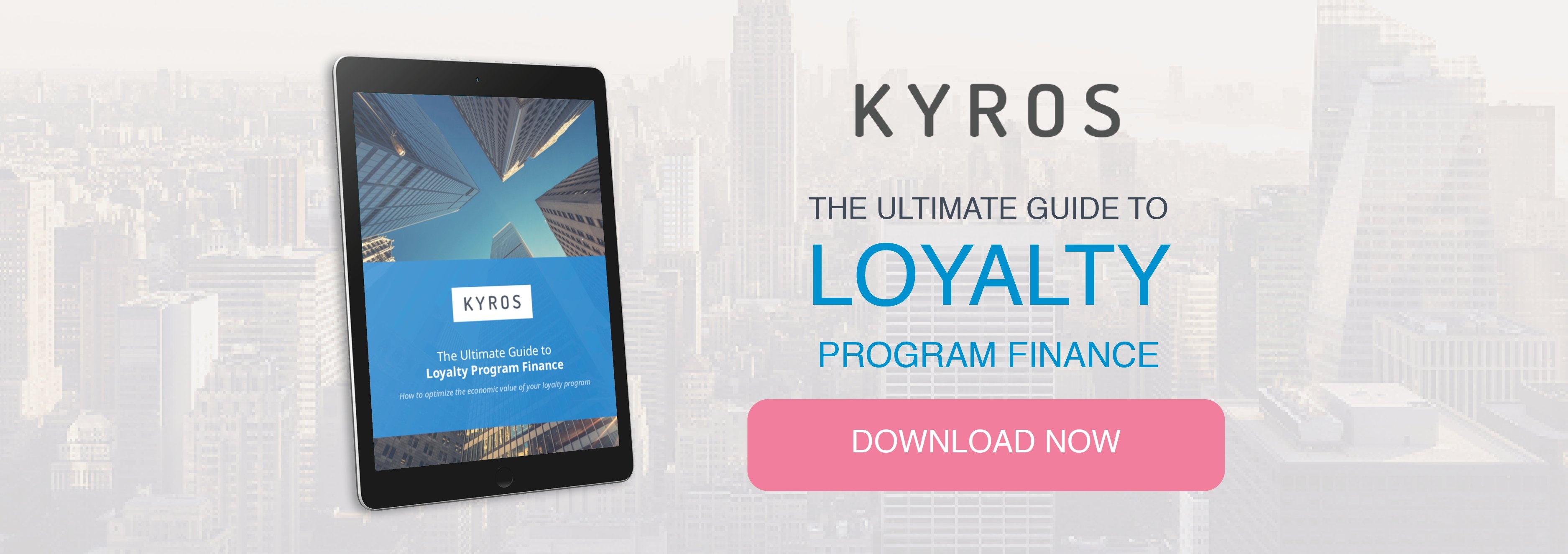When it comes to customer loyalty, true insights are hard to gain without the right tools at your disposal. And we all know how quick and painless the software selection process is, right?
Wrong.
To partner with the right customer loyalty software, you'll need to decide what features and benefits align with your program's needs and objectives. That's a big undertaking for any loyalty program — particularly those which operate within traditional spreadsheets and homegrown tools.
While every program is unique, there's a critical mass of traits and features that the best customer loyalty softwares share: analytics capability, predictive modeling and straightforward reporting.
To educate and guide your team through software evaluation, we broke down the foundational values of all three of these features:
1. Analytics Capability
Analytics are essential to the ongoing success of any customer loyalty software. You'll want a solution that can analyze your program's transactional data to better understand member behavior, redemption history and earning patterns. The most impactful tools will give users the power to drill down on granular member data and glean program-wide insights in a single platform.
About 80% of your program's profits come from 20% of its membership. With a customer loyalty software that's powered by analytics, you'll be able to identify this 20% and incentivize them to become more active, engaged members. This will drive member engagement that helps profits grow and provide newfound insights into those valuable members who are just below the radar.
2. Predictive Modeling
Your customer loyalty software should help you build a model that identifies the most profitable 20% of your membership. But the power of predictive features goes deeper than identifying current member value — a robust predictive software will allow you to project member value into the future based on a variety of behavioral and financial criteria. This gives program managers cleaner accounting details and helps determine which individual members have the highest Customer Potential Value (or CPV).
The benefits of this level of predictive accuracy are almost too numerous to name, and the feature serves a variety of program stakeholders.
For accountants and finance leaders, accessing reliable data on current performance and future projections allows for stronger estimates and better program buy-in at the leadership level.
For marketers concerned with program growth and optimization, predictive models give them unprecedented access to member-level engagement data. That means spending marketing and engagement dollars on the right members at the right time for maximum ROI and program growth.
3. Straightforward Reporting
Finally, you should choose a software that provides ongoing reporting and the ability to optimize. It should give you the data — and education — you need to make sound program decisions when it comes to marketing, financial investment and risk tolerance.
Beyond providing insights on program performance, a strong reporting feature makes for more fluid and dependable upstream presentations and leadership conversations. A strong customer loyalty software makes it easy to quickly and effectively pull the right data out of complex systems and demonstrate trends and takeaways.
Partners who deliver this feature are only as strong as their ability to provide ongoing guidance and flexible support around your unique reporting needs — so don't settle for a solution that will leave you in the lurch at a critical end-of-year moment.
Ultimately, the right vendor will deliver a solution with analytics capabilities, build a custom platform with predictive models and report and educate when it's most important. To learn more about customer loyalty software, check out What To Look For in a Loyalty Rewards Program Software.





